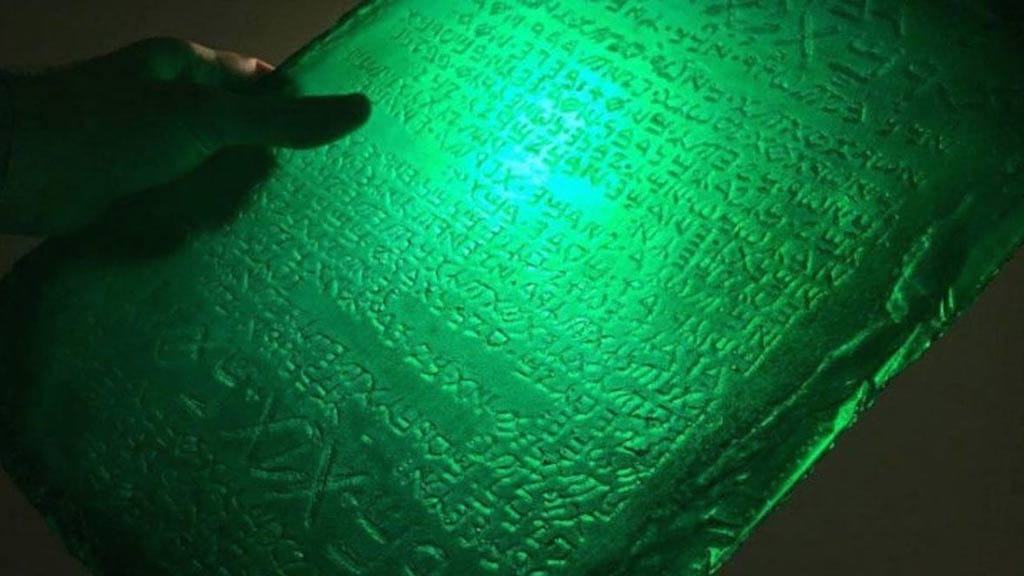The Emerald Tablet (Tabula Smaragdina) is arguably one of the most legendary and mysterious artifacts in Western esoteric lore. But was it really inscribed on emerald?
Subscribe to continue →The Emerald Tablet ~ An alchemical artifact reconsidered


The Emerald Tablet (Tabula Smaragdina) is arguably one of the most legendary and mysterious artifacts in Western esoteric lore. But was it really inscribed on emerald?
Subscribe to continue →